African Museums Power
How are African Museums Promoting Cultural Heritage?
African museums are powerhouses of cultural heritage. They bring the rich and diverse histories of the continent to life through their curated collections. One remarkable example is the Zoma Museum in Addis Ababa, which not only presents historical artifacts but also promotes contemporary art and design influenced by local traditions.
African museums also preserve endangered cultural practices. The Museum Bamoun in Cameroon, for instance, is dedicated to protecting the Bamoun people’s unique artisanal heritage. Through showcasing traditional Bamoun crafts, they safeguard this heritage and pass it onto future generations.
Besides, these cultural attractions promote heritage through the restoration of historical sites. The Kwame Nkrumah Memorial Park serves as a museum, commemorating Ghana’s first President and the historic events during his leadership. The park is a reminder of the nation’s journey to independence.
African museums also endorse heritage by demonstrating cultural connections across Africa and beyond. The Zeitz Museum of Contemporary Art Africa, for instance, offers exhibits that feature artistic dialogues between African nations and other continents.
Moreover, museums in Africa utilize art residencies and workshops to foster cultural exchange. Institutions like the Marrakech Museum for Photography and Visual Art host international artists to study and create work inspired by African culture.
Additionally, museums offer education programs to instill cultural pride in younger generations. Through interactive exhibits, guided tours, and educational events, they engage children and young adults with their cultural history.
Furthermore, African museums support local artists, providing a platform for their work and thereby sustaining cultural practices. For instance, the Grand Egyptian Museum in Giza showcases the work of Egyptian artisans, allowing their craft to be appreciated by a global audience.
Many museums in Africa are also embracing technology to extend their reach. Virtual tours, digital collections, and interactive apps bring the museum experience to people who may not physically visit these cultural attractions.
These museums play a vital role in cultural preservation during conflicts. During such times, they work tirelessly to protect and recover artifacts, ensuring that the cultural heritage is not lost.
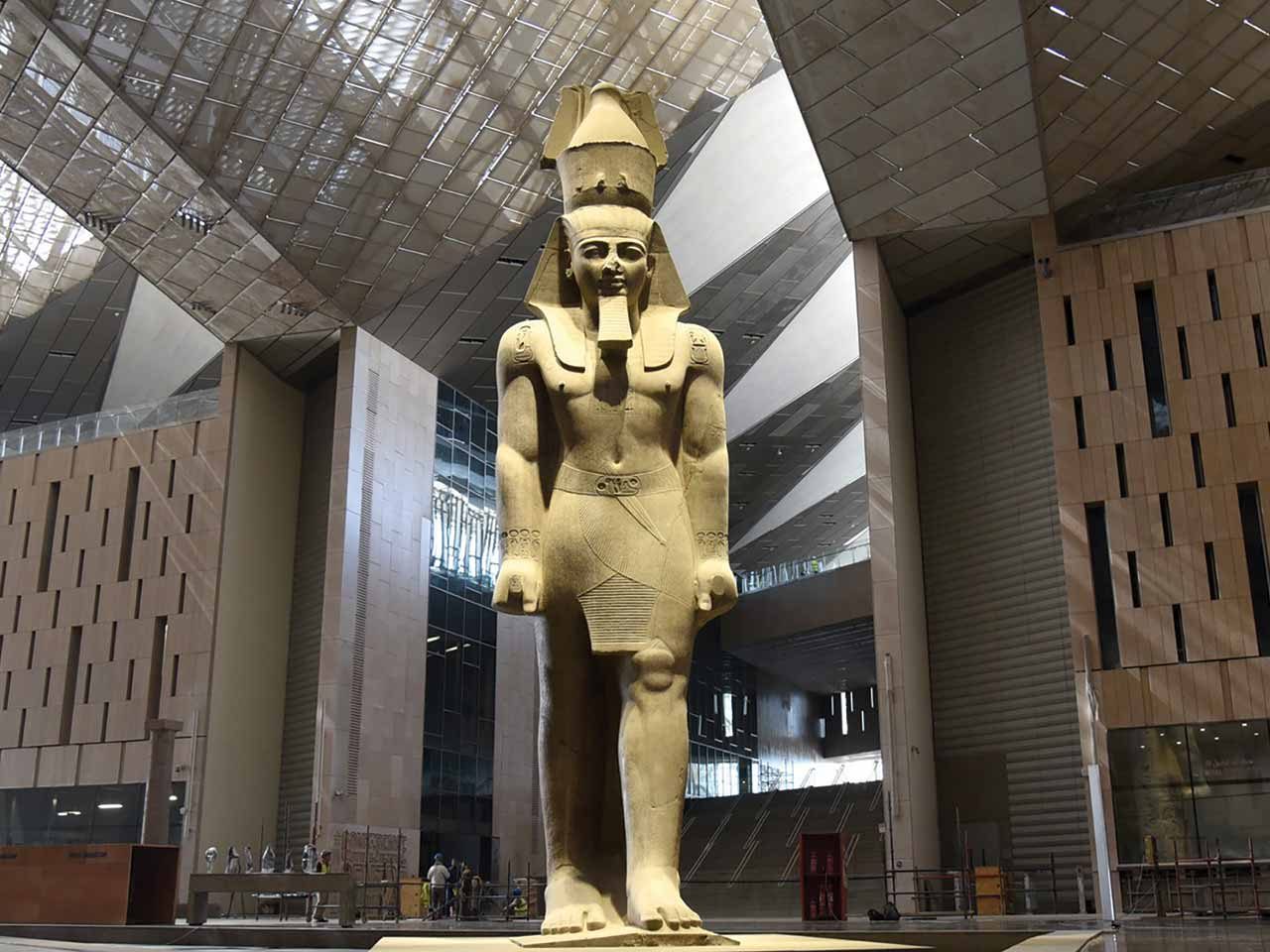
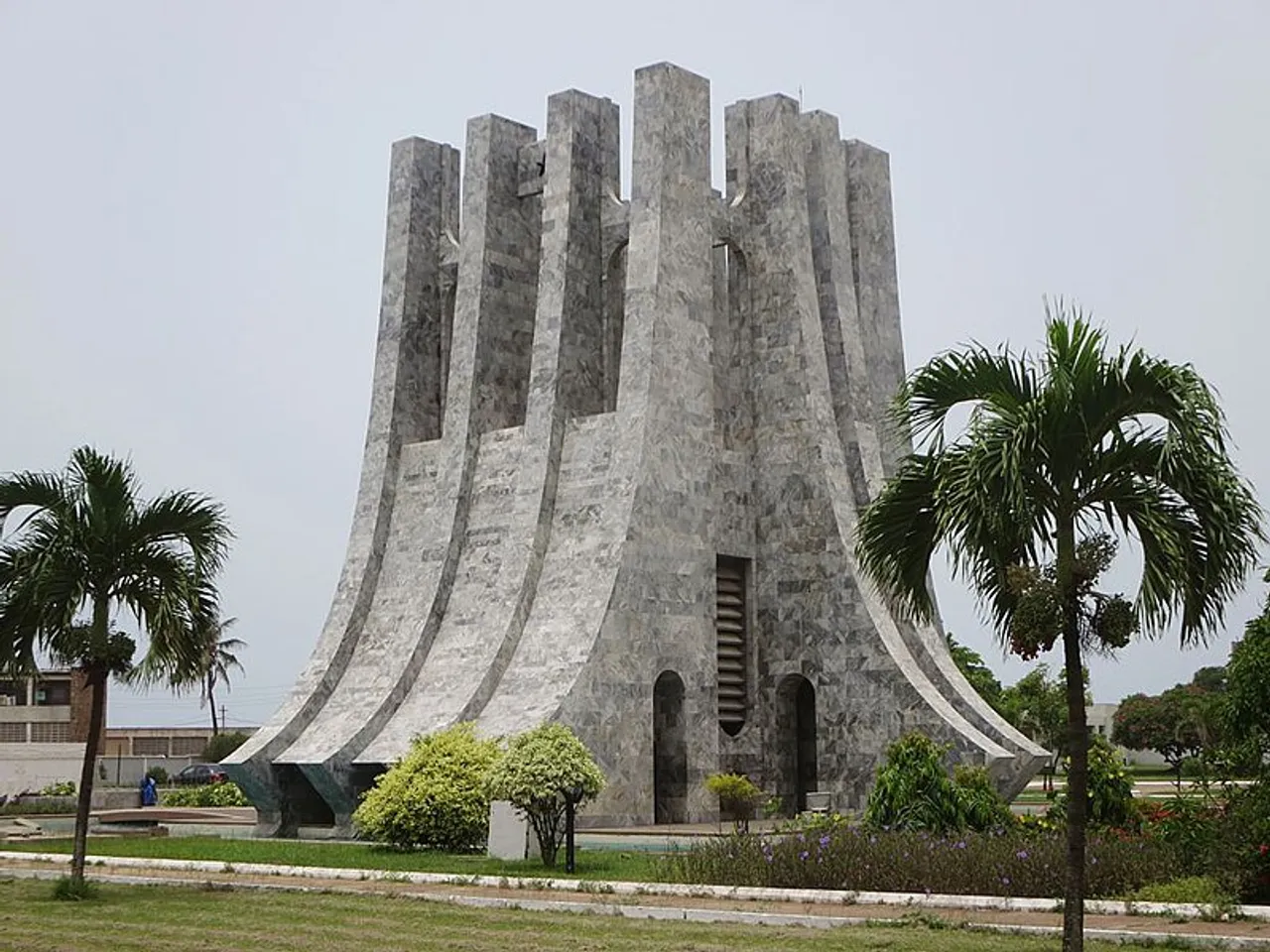
In What Ways Do Museums Contribute to Unity in Africa?
African museums play a significant role in promoting unity and social cohesion in Africa. They do this through various means, one of which is by showcasing the shared history and experiences of African societies. For instance, the Museum of Modern Art of Algiers not only displays Algerian modern art but also commemorates the shared struggle of decolonization that many African nations experienced.
Museums also promote unity by highlighting the common cultural elements across diverse African communities. The National Museum of Ethiopia provides an excellent example of this, with exhibits demonstrating commonalities in artistic expression, religious beliefs, and societal structures across different Ethiopian ethnic groups.
Another essential function of museums in Africa is the way they celebrate cultural diversity within the continent. Through collections that showcase the rich variety of African cultures, they foster a sense of mutual respect and understanding. The Ethnological Museum in Addis Ababa is a prime example of this, with exhibits covering various ethnic groups in Ethiopia, thereby promoting unity through diversity.
In addition, African museums also serve as spaces for dialogues and discussions on topics of national and continental significance. They host talks, conferences, and interactive exhibits that bring together people from all walks of life to engage in conversation, thus promoting social cohesion.
Furthermore, museums also contribute to unity by involving local communities in their operations. Many museums across Africa involve local communities in their conservation efforts, exhibit planning, and educational programs, thus fostering a sense of ownership and unity. The National Museum of Ghana is an excellent example of this community engagement.
Museums also work towards unity by preserving and promoting indigenous languages. Museums like the Musee National N’Djamena in Chad offer exhibits in multiple local languages, thus valuing and preserving these languages and fostering a sense of unity among speakers.
Many African museums, such as the Mohamed VI Museum of Modern and Contemporary Art in Morocco, also host cultural events and festivals that celebrate the unity of African cultures.
Museums serve as important educational institutions that instill a sense of shared identity among the younger generations. Through their educational programs, they help young people understand their shared heritage and foster a sense of African unity.
Overall, African museums are pivotal in promoting unity in the continent. They celebrate the shared history, cultures, and experiences of African societies, fostering mutual understanding and respect among the diverse communities.
What Unique Cultural Attractions Can be Found in African Museums?
African museums are treasure troves of unique cultural attractions. These range from ancient artifacts and historical exhibits to contemporary art and cultural performances.
The National Museum of Burkina Faso boasts a diverse collection of cultural artifacts from Burkina Faso’s various ethnic groups. Visitors can see traditional masks, musical instruments, and examples of indigenous architecture.
The Musée National du Cameroun in Cameroon houses an impressive collection of traditional Cameroonian art, including bronze and terracotta sculptures and ancestral figures. These pieces not only delight art lovers but also provide insights into the region’s past societies and beliefs.
At the Musee National du Bardo in Tunisia, visitors can marvel at one of the world’s most extensive collections of Roman mosaics, many of which were unearthed in Tunisia itself. These mosaics, with their intricate designs and vibrant colors, provide a unique glimpse into Roman life and art.
For a taste of contemporary African art, the Mohamed VI Museum of Modern and Contemporary Art in Morocco offers an unrivaled collection. The museum showcases works from prominent Moroccan and international artists, fostering dialogue between Moroccan art and global artistic trends.
Similarly, the Musée National Boubou Hama in Niger offers a unique cultural attraction. It combines a traditional museum with a zoo and botanical garden, offering an immersive experience of Niger’s culture and biodiversity.
For those interested in archeology and ancient history, the National Museum of Ethiopia offers a unique attraction. It houses the famous fossil “Lucy,” a hominid from 3.2 million years ago, providing unique insights into human evolution.
In South Africa, the Zeitz Museum of Contemporary Art Africa offers a unique architectural attraction in addition to its art collection. The museum is housed in a converted grain silo, providing a distinct backdrop to the contemporary African art it displays.
African museums host unique cultural events and performances. For instance, the Ethnological Museum in Addis Ababa hosts traditional music and dance performances, offering visitors an immersive experience of Ethiopian culture.
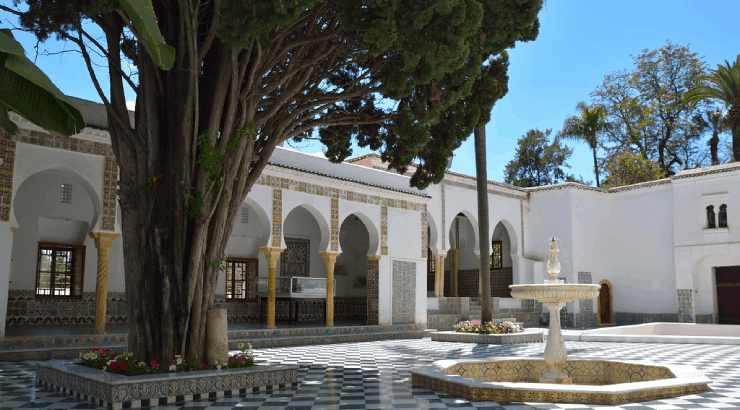
How are African Museums Acting as Tourist Attractions and Promoting Tourism?
African museums have increasingly become major tourist attractions, playing a significant role in promoting local and international tourism. They offer a captivating blend of history, culture, art, and sometimes even nature, making them must-visit sites for tourists in Africa.
One such museum is the Musee National du Bardo in Tunisia, famous for its world-class collection of Roman mosaics. It attracts historians, art enthusiasts, and casual tourists alike, making it a top tourist spot in Tunisia.
Similarly, the Grand Egyptian Museum in Giza is a massive draw for international tourists. With its vast collection of Egyptian antiquities, including those from the tomb of Tutankhamun, it has become synonymous with a trip to Egypt.
In Ethiopia, the National Museum of Ethiopia and the Ethnological Museum in Addis Ababa attract tourists with their unique exhibits ranging from ancient hominid fossils to traditional Ethiopian music instruments, offering a comprehensive cultural experience.
Modern art enthusiasts flock to the Zeitz Museum of Contemporary Art Africa in South Africa, which houses the most significant collection of contemporary African art in the world.
The Mohamed VI Museum of Modern and Contemporary Art in Morocco has also become a hotspot for tourists, thanks to its striking architecture and exhibitions showcasing Moroccan and international modern art.
These museums not only attract visitors but also contribute to the local economy by promoting local businesses such as hotels, restaurants, and souvenir shops. They also create job opportunities, both directly within the museums and indirectly in the wider tourism sector.
Furthermore, many museums actively promote tourism through various initiatives. They organize events, exhibitions, and festivals that attract tourists. Some also offer special packages for tourists, including guided tours and interactive workshops.
African museums also collaborate with tourism boards and travel agencies to promote their attractions and reach a wider audience. They leverage digital platforms and social media to showcase their collections and events, enticing potential visitors.
African museums play an indispensable role in the continent’s tourism industry. By preserving and promoting cultural heritage, they attract tourists from around the world, contributing to economic growth and cultural exchange.
What are some of the Top Museums to Visit on a Culture Trip in Africa?
Africa’s cultural diversity is reflected in its multitude of museums. Each one offers a unique glimpse into the continent’s rich history, art, and cultures. Here are some top museums you should consider visiting on a culture trip in Africa.
The National Museum of Ghana in Accra offers a broad overview of the country’s history and culture. It houses an impressive collection of Ghanaian art, including Asante royal regalia, traditional Akan gold weights, and contemporary paintings.
In Nigeria, a visit to the Nigerian National Museum in Lagos offers a look at Nigeria’s diverse cultural heritage, with exhibits ranging from Nok terracotta sculptures to royal Benin bronzes.
For contemporary art enthusiasts, the Zeitz Museum of Contemporary Art Africa in Cape Town, South Africa, is a must-visit. The museum showcases the largest collection of contemporary African art in the world.
In Morocco, the Marrakech Museum for Photography and Visual Art offers a stunning collection of photography and visual art, highlighting the country’s vibrant artistic scene.
Ethiopia’s National Museum in Addis Ababa is another cultural gem, housing ancient artifacts including the 3.2 million-year-old hominid fossil “Lucy.”
In Tunisia, the Musee National du Bardo is renowned for its vast collection of Roman mosaics, providing a unique glimpse into ancient Roman life.
The Le Musée Berbère in Morocco offers a detailed look into the Berber culture with a collection of over 600 objects from rural life.
For a taste of royal history, the Museum of the Bamoun Sultanate in Cameroon provides an insight into the Bamoun people’s history and art.
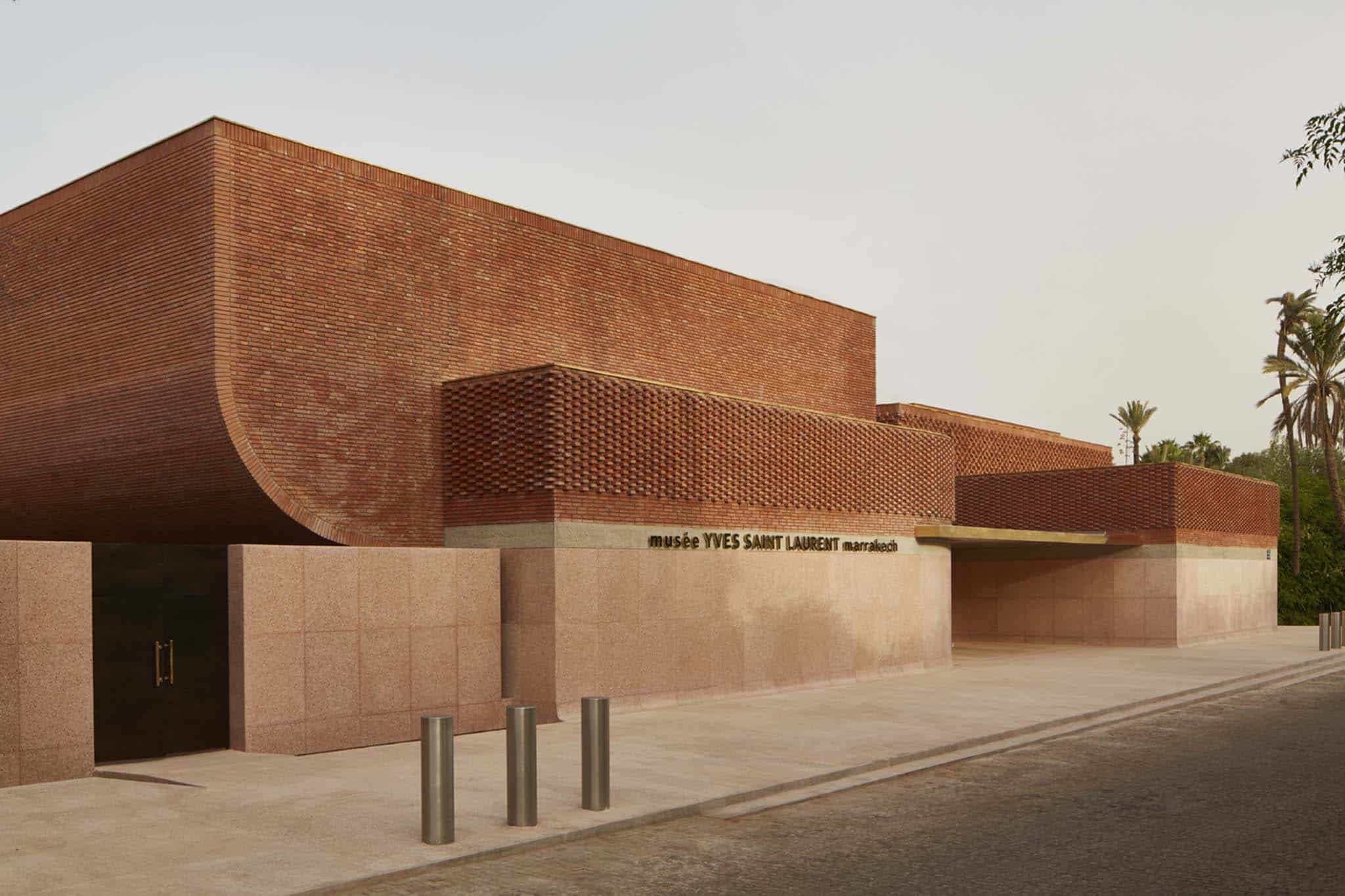
How Do African Museums Play a Role in Fostering Cultural Understanding?
African museums play a crucial role in fostering cultural understanding within and outside the continent. Through carefully curated collections and various initiatives, they provide insights into the rich tapestry of African cultures.
A core way museums foster understanding is by educating their visitors about the history and traditions of different African communities. The Musee National du Cameroun offers a comprehensive insight into Cameroonian culture and history, making it easier for visitors to understand and appreciate the country’s cultural diversity.
Similarly, the Ethnological Museum in Addis Ababa in Ethiopia showcases the diverse cultures of the nation’s numerous ethnic groups, providing a nuanced understanding of Ethiopia’s cultural makeup.
Interactive exhibits are another tool that museums use to foster cultural understanding. At the National Museum of Ghana, for example, visitors can engage with traditional musical instruments and understand their significance in Ghanaian culture.
In addition, African museums also host workshops, seminars, and talks that delve into specific cultural topics. Such events provide opportunities for in-depth learning and dialogue, encouraging a deeper understanding of various cultural aspects.
The Mohamed VI Museum of Modern and Contemporary Art in Morocco, besides its stunning collection of modern and contemporary art, often hosts artist talks and educational programs, facilitating a better understanding of the ideas and contexts behind the art.
Museums also play a key role in cultural exchange. The Zeitz Museum of Contemporary Art Africa in South Africa, for example, features works from across the African continent and its diaspora, promoting dialogue and understanding between different cultures.
Museums foster understanding by challenging stereotypes and presenting authentic narratives. The Musee National Boubou Hama in Niger, for instance, showcases the country’s cultural and natural history, offering an authentic representation of Niger’s rich heritage.
In conclusion, through education, interaction, dialogue, and representation, African museums play a significant role in fostering cultural understanding.
How is African History Represented in Its Museums?
African museums offer a broad and nuanced representation of the continent’s history. From ancient civilizations and colonial experiences to struggles for independence and contemporary developments, these institutions provide a comprehensive view of Africa’s past.
At the National Museum of Ethiopia, visitors can delve into ancient history with exhibits like the 3.2 million-year-old hominid fossil “Lucy”. This iconic artifact provides invaluable insights into human evolution, putting Ethiopia on the map as the “Cradle of Humankind”.
Colonial history and its lasting impacts are explored in many African museums. The Musee National du Bardo in Tunisia, renowned for its Roman mosaics, also includes artifacts from Tunisia’s French colonial period, helping visitors understand this pivotal era in the country’s history.
The struggles for independence and the emergence of modern African nations are another crucial theme represented in museums. The Kwame Nkrumah Memorial Park in Ghana, for instance, commemorates the life and work of the country’s first President, offering visitors a deeper understanding of Ghana’s fight for independence.
Museums also represent the diverse cultures that make up Africa’s history. The Musee National Boubou Hama in Niger displays a rich collection of cultural artifacts that narrate the country’s cultural and natural history, providing insights into Niger’s historical societies.
In addition, museums like the Mohamed VI Museum of Modern and Contemporary Art in Morocco provide a look into the continent’s recent history through the lens of art, showcasing the impact of global trends on African societies.
To recap, African museums offer a multi-faceted representation of the continent’s history, ensuring that both local and international visitors gain a comprehensive understanding of Africa’s historical journey.
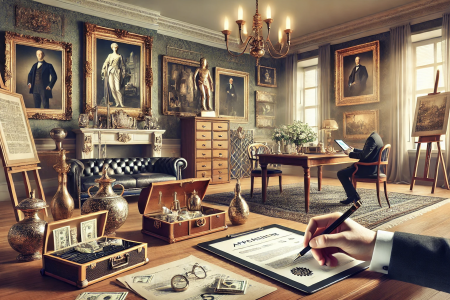
Art Valuation for Old Money Families

Art Funds: Exploring Collective Investment in the Art Market
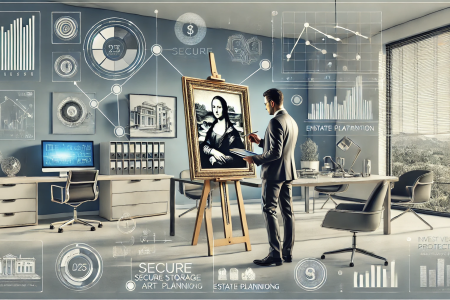
Art Appraisal for Estate Planning
What Initiatives are African Museums Taking to Preserve and Exhibit Indigenous Art?
African museums are at the forefront of efforts to preserve and exhibit indigenous art, employing a variety of initiatives to showcase these unique cultural expressions.
One method employed by museums such as the Musée National du Cameroun is dedicating specific sections or entire museums to indigenous art. These exhibits highlight the craftsmanship and traditions of indigenous communities, preserving their artistic expressions for future generations.
Additionally, many African museums actively collect and conserve indigenous art pieces. The National Museum of Burkina Faso for instance, has an extensive collection of masks and statues from various ethnic groups in the country.
Collaborating with indigenous communities is another key initiative. Museums often involve these communities in curation, ensuring their perspectives are included. The Ethnological Museum in Addis Ababa in Ethiopia, for example, consults with local communities when exhibiting their cultural artifacts.
Providing platforms for indigenous artists to create and display their work is another critical initiative. The Marrakech Museum for Photography and Visual Art often hosts indigenous artists, giving them space to create and exhibit their work.
Museums also engage in educational programs, including workshops, artist talks, and guided tours, to provide more context to the indigenous art exhibits. The Zeitz Museum of Contemporary Art Africa in South Africa, for example, hosts numerous educational events revolving around its collection.
Lastly, digitalization of collections is a growing trend. By creating digital archives, museums like the Mohamed VI Museum of Modern and Contemporary Art in Morocco make indigenous art accessible to a global audience.
African museums are taking significant strides to preserve and exhibit indigenous art. Through collections, collaborations, education, and digitalization, they ensure the survival and recognition of these precious artistic traditions.
How are African Museums Aiding in Education and Awareness about African Culture?
African museums are vital educational platforms, offering extensive learning opportunities about the continent’s rich cultures. They use a variety of approaches to engage audiences and raise cultural awareness.
One approach is through permanent and temporary exhibits that showcase different aspects of African cultures. The Musée National Boubou Hama in Niger, for instance, houses a variety of artifacts from various ethnic communities, educating visitors about Niger’s cultural diversity.
Museums also organize educational programs such as workshops, seminars, and conferences. For example, the Ethnological Museum in Addis Ababa hosts regular events exploring Ethiopia’s rich cultural heritage.
Another key initiative is the provision of educational resources. Museums like the National Museum of Ghana provide learning materials for teachers and students, enhancing classroom learning with practical insights.
Interactive exhibits are also used to engage younger audiences and make learning fun. The Musee National du Bardo in Tunisia, for instance, offers interactive displays that allow children to learn about Tunisia’s history in a hands-on manner.
Many museums also collaborate with schools and universities to provide educational tours. The Zeitz Museum of Contemporary Art Africa in South Africa, for example, hosts school groups, offering guided tours and workshops tailored to the curriculum.
Moreover, several museums in Africa have digital learning platforms. They offer virtual tours, online exhibitions, and digital resources, making cultural education accessible to a global audience. The Mohamed VI Museum of Modern and Contemporary Art in Morocco is an example of a museum with an extensive digital platform.
In summary, through their exhibits, educational programs, resources, and digital platforms, African museums play a crucial role in fostering education and awareness about the continent’s diverse cultures.
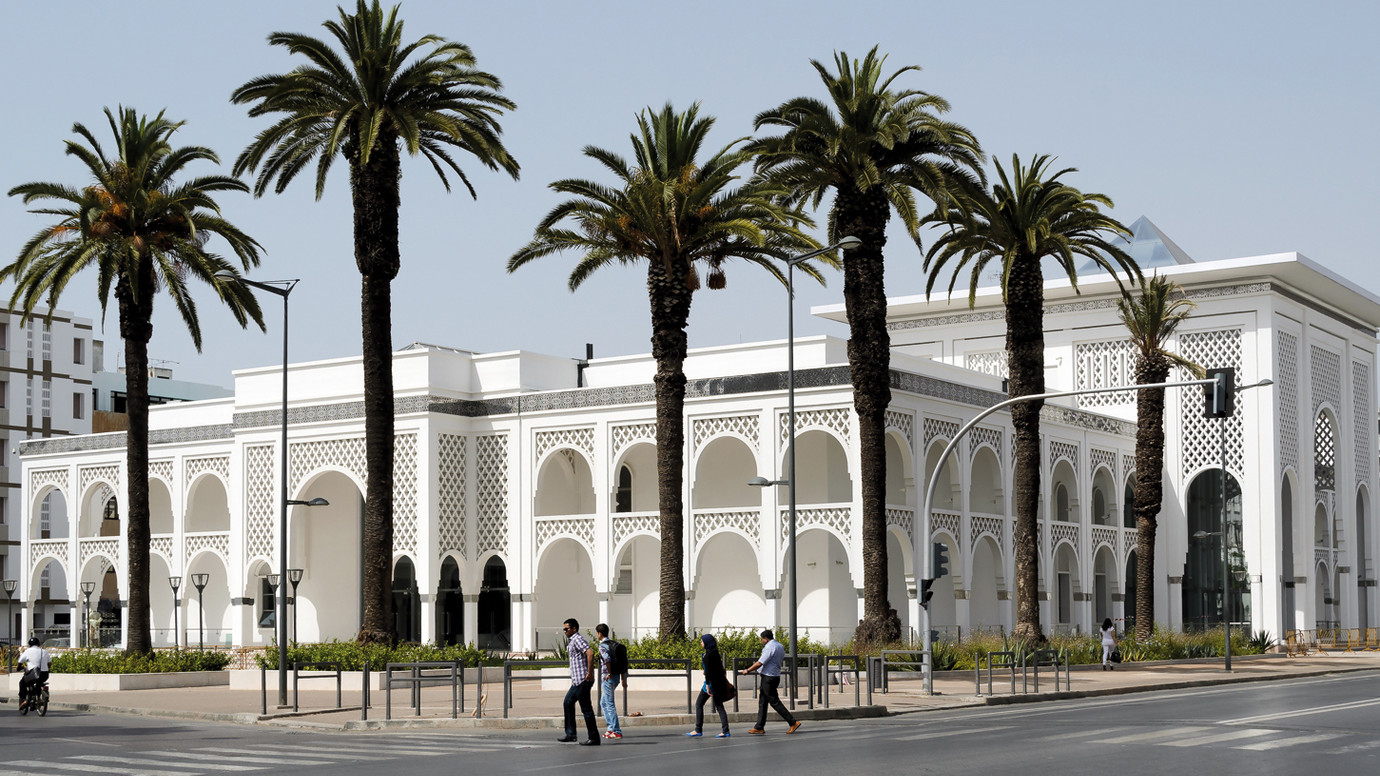
What Role Does Technology Play in the Functioning of Modern African Museums?
Technology is increasingly becoming a significant component in the functioning of modern African museums, transforming the way they curate, conserve, and share their collections.
One of the primary applications of technology in museums is in the area of preservation and conservation. Advanced techniques such as 3D scanning and printing, infrared imaging, and digital restoration are used to preserve and restore artifacts. For instance, the Grand Egyptian Museum in Giza employs state-of-the-art conservation labs to preserve its extensive collection.
Digital curation and virtual exhibitions are other tech-powered trends in African museums. The Zeitz Museum of Contemporary Art Africa in South Africa, for example, offers virtual tours of its exhibitions, allowing people from around the world to explore its collections.
Similarly, many museums use interactive displays to make exhibits more engaging. The Mohamed VI Museum of Modern and Contemporary Art in Morocco uses multimedia installations in some of its exhibitions, offering a more immersive visitor experience.
Technology also plays a crucial role in accessibility. Audio guides, touchscreens, mobile apps, and augmented reality (AR) can help make museums more accessible to people with disabilities. For instance, some museums offer sign language guides or tactile exhibits for people with hearing or visual impairments.
In terms of operations, museums are adopting digital systems for inventory management, visitor tracking, and ticketing. These tools streamline operations, improve visitor experiences, and provide valuable data for planning.
Museums also leverage social media and digital marketing to reach a wider audience, promote their collections and events, and engage with visitors. Platforms like Instagram, Twitter, and Facebook have become indispensable tools for museums’ communication strategies.
Online educational programs are another technology-driven initiative in museums. They offer online courses, webinars, and resources, extending their educational reach beyond physical boundaries. For example, some museums have partnered with platforms like Google Arts & Culture to offer online exhibits and educational materials.
In conclusion, technology plays a multifaceted role in the functioning of modern African museums. From preservation and curation to visitor engagement and operations, it enhances every aspect of a museum’s mission.
| Questions | Key Points |
|---|---|
| How are African museums promoting cultural heritage? | Preserving endangered cultural practices, restoring historical sites, endorsing heritage through art, supporting local artists, utilizing technology, and cultural preservation during conflicts. |
| In what ways do museums contribute to unity in Africa? | Presenting shared history, highlighting common cultural elements, celebrating cultural diversity, facilitating dialogues, involving local communities, preserving indigenous languages, and instilling shared identity. |
| What unique cultural attractions can be found in African museums? | Range from ancient artifacts and historical exhibits to contemporary art and cultural performances. Often hosting unique cultural events and performances. |
| How are African museums acting as tourist attractions and promoting tourism? | Offer a captivating blend of history, culture, art, and nature. Contributing to the local economy, promoting local businesses, creating job opportunities, and organizing events to attract tourists. |
| What are some of the top museums to visit on a culture trip in Africa? | National Museum of Ghana, Nigerian National Museum, Zeitz Museum of Contemporary Art Africa, Marrakech Museum for Photography and Visual Art, National Museum of Ethiopia, Musee National du Bardo, Le Musée Berbère, and Museum of the Bamoun Sultanate. |
| How do African museums play a role in fostering cultural understanding? | Through education about history and traditions, interactive exhibits, workshops, seminars, and talks, collaborations with indigenous communities, providing platforms for indigenous artists, and digitalization of collections. |
| How is African history represented in its museums? | Through exhibits that showcase ancient civilizations, colonial experiences, struggles for independence, and contemporary developments. Challenging stereotypes and presenting authentic narratives. |
| What initiatives are African museums taking to preserve and exhibit indigenous art? | Dedicating sections or entire museums to indigenous art, actively collecting and conserving indigenous art pieces, collaborating with indigenous communities, providing platforms for indigenous artists, organizing educational programs, and digitalization of collections. |
| How are African museums aiding in education and awareness about African culture? | Through permanent and temporary exhibits, organizing educational programs, providing educational resources, interactive exhibits, collaborations with schools and universities, and digital learning platforms. |
| What role does technology play in the functioning of modern African museums? | Preservation and conservation, digital curation and virtual exhibitions, interactive displays, accessibility, operations, social media and digital marketing, and online educational programs. |
FAQ
1. How are African museums preserving cultural heritage?
They preserve cultural heritage by showcasing historical artifacts, restoring historical sites, and supporting local artists among other initiatives.
2. How do museums contribute to unity in Africa?
Museums contribute to unity by presenting shared history, celebrating cultural diversity, and involving local communities in their operations.
3. What unique attractions are found in African museums?
African museums house a range of unique attractions from ancient artifacts, historical exhibits to contemporary art and cultural performances.
4. How do African museums promote tourism?
African museums promote tourism by providing captivating blends of history, culture, art, and nature, contributing to the local economy, and organizing events that attract tourists.
5. Which are some of the top museums to visit in Africa?
Some top museums include the National Museum of Ghana, Zeitz Museum of Contemporary Art Africa, and the National Museum of Ethiopia among others.
6. How do African museums foster cultural understanding?
They foster cultural understanding through education, interactive exhibits, workshops, and digitalization of collections among other initiatives.
7. How is African history represented in its museums?
African history is represented through exhibits that showcase ancient civilizations, colonial experiences, struggles for independence, and contemporary developments.
8. What initiatives do African museums take to preserve and exhibit indigenous art?
African museums preserve and exhibit indigenous art by dedicating sections to indigenous art, actively collecting and conserving art pieces, and digitalizing collections among others.
9. How do African museums aid in cultural education and awareness?
African museums aid in cultural education and awareness by organizing educational programs, providing educational resources, and through digital learning platforms.
10. What role does technology play in African museums?
Technology plays a crucial role in preservation and conservation, digital curation, operations, social media and digital marketing, and online educational programs.
11. How do African museums engage with local communities?
African museums engage with local communities by involving them in curation, providing platforms for local artists, and organizing educational programs.
12. How do African museums challenge stereotypes?
African museums challenge stereotypes by presenting authentic narratives and providing nuanced representations of Africa's diverse cultures.
13. How are African museums making art accessible to global audiences?
African museums make art accessible to global audiences by offering digital tours, online exhibitions, and creating digital archives of their collections.
14. How do African museums enhance visitor experience?
African museums enhance visitor experience through interactive displays, audio guides, mobile apps, and augmented reality among other initiatives.
15. How do African museums support indigenous artists?
African museums support indigenous artists by providing them platforms to create and display their work, and through collaborations for curation of exhibitions.

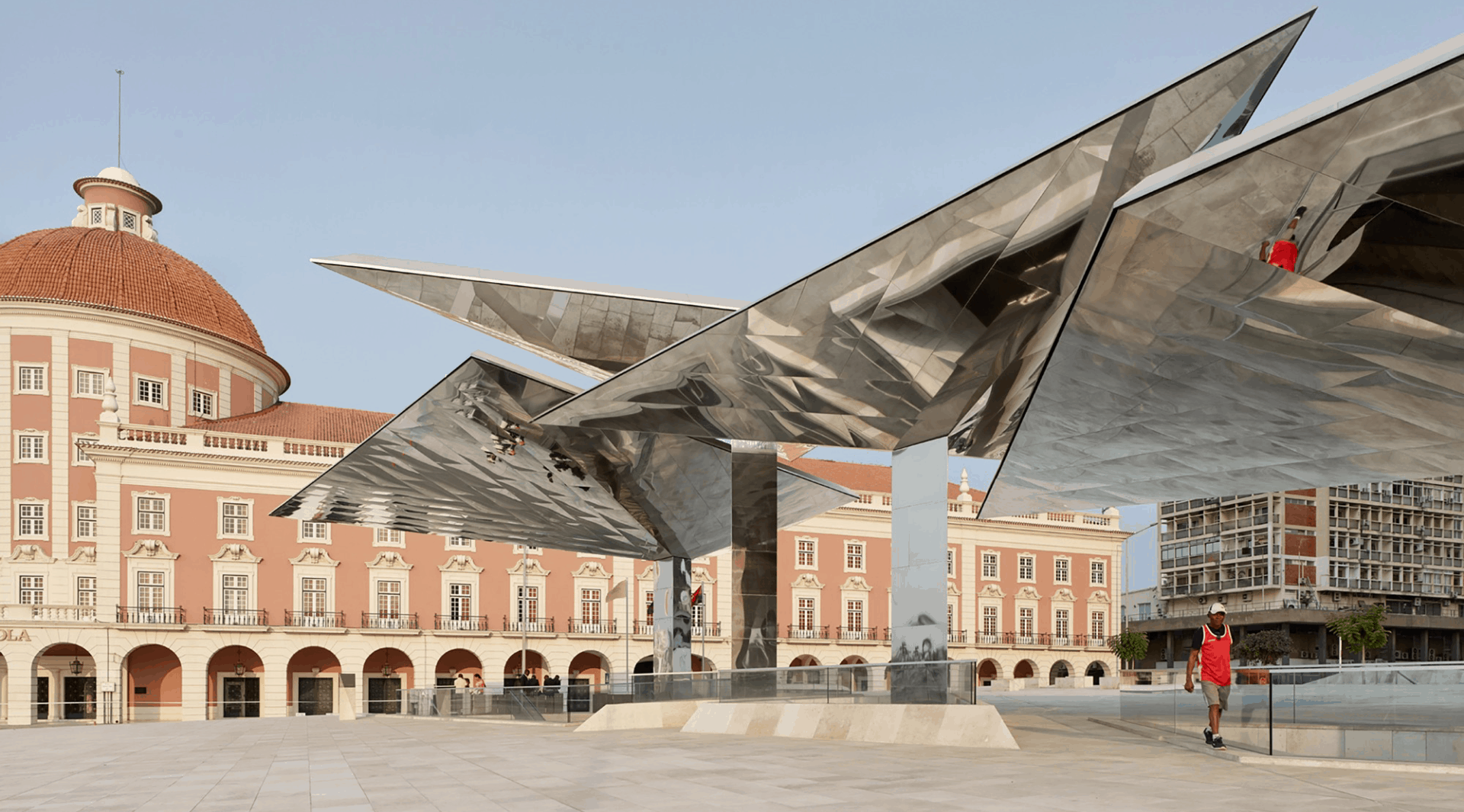
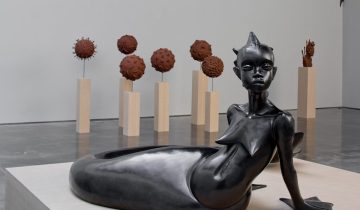
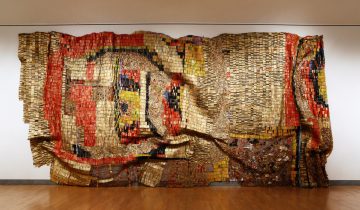
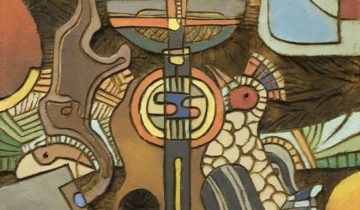
 No products in the basket.
No products in the basket.